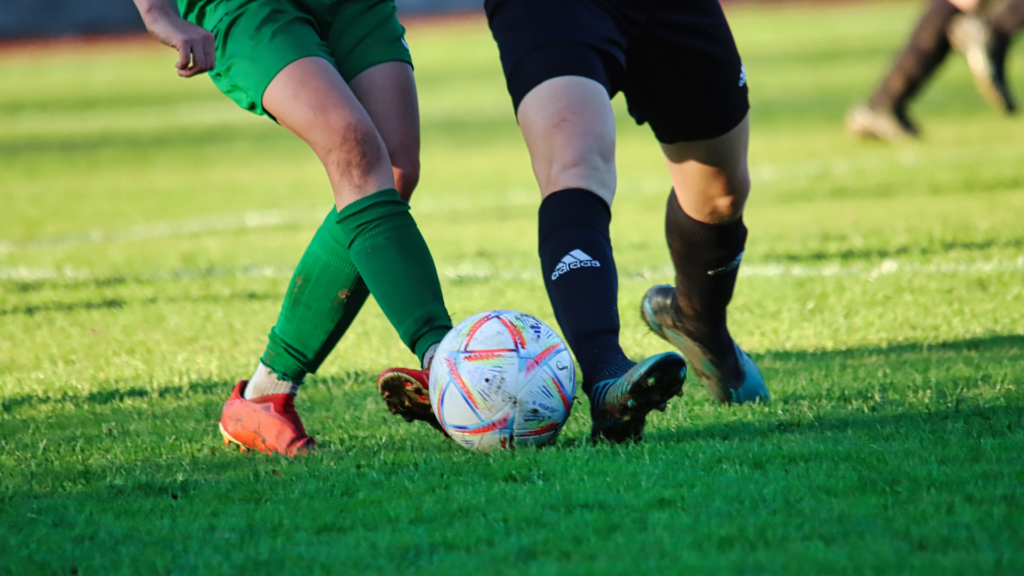Football, or soccer as it’s known in some parts of the world, has traditionally been played on natural grass fields. However, in recent years, there has been a noticeable shift towards artificial turf. This transformation is shaping the game in various ways, influencing everything from player performance to stadium maintenance. Let’s explore the impact and implications of football on turf.
The Evolution of Playing Surfaces
Historically, football was played on natural grass, which offers a lush, cushioned surface that players and fans alike have come to love. However, maintaining natural grass fields can be challenging and costly, especially in regions with extreme weather conditions. Enter artificial turf: a synthetic alternative designed to mimic the look and feel of natural grass while offering greater durability and lower maintenance costs.
Advantages of Turf
- Durability: One of the most significant benefits of artificial turf is its ability to withstand heavy use without becoming patchy or uneven. This makes it ideal for multi-use stadiums and areas where multiple teams share the same field.
- Weather Resistance: Turf fields are less affected by adverse weather conditions. Unlike grass, which can become muddy and slippery in rain, turf maintains a consistent playing surface, reducing the risk of game cancellations and injuries.
- Lower Maintenance Costs: Maintaining a grass field requires regular mowing, watering, fertilizing, and pest control. Turf, on the other hand, needs far less upkeep, translating to significant cost savings for clubs and municipalities.
The Player Experience
While there are clear advantages to using turf, the player experience can differ from that on natural grass. Here are some aspects to consider:
- Ball Behavior: The ball tends to bounce higher and roll faster on turf compared to grass. Players and teams may need to adjust their playing style to accommodate these differences, particularly in passing and dribbling.
- Injury Risk: There has been ongoing debate about the impact of turf on player injuries. Some studies suggest a higher incidence of certain types of injuries, such as turf toe and ACL tears, on artificial surfaces. However, advancements in turf technology aim to minimize these risks, offering surfaces that better mimic the give and cushioning of natural grass.
- Fatigue and Comfort: Some players report increased fatigue and discomfort when playing on turf, particularly after prolonged periods. This can be attributed to the harder surface, which may place more strain on joints and muscles.
Environmental Considerations
From an environmental standpoint, the debate between grass and turf is complex. Grass fields contribute to natural ecosystems, supporting local flora and fauna and providing cooling effects through evapotranspiration. However, they also require significant water resources and chemical inputs.
Turf fields, while conserving water and eliminating the need for pesticides and fertilizers, are made from synthetic materials that can contribute to microplastic pollution and require energy-intensive production processes. The environmental impact of end-of-life disposal of turf also poses challenges.
The Future of Football Surfaces
The choice between grass and turf often depends on specific needs and circumstances. For professional leagues and stadiums with ample resources, natural grass may still be the preferred choice due to its traditional feel and player preference. However, for community fields, schools, and regions with harsh climates, turf offers a practical and increasingly sophisticated alternative.
Advances in technology are continually improving the quality and performance of artificial turf, narrowing the gap between synthetic and natural surfaces. Innovations such as hybrid grass systems, which combine natural grass with synthetic fibers, offer a glimpse into a future where players can enjoy the best of both worlds.
Conclusion
The shift towards football on turf represents a significant evolution in the sport. While it brings many advantages in terms of durability, maintenance, and playability under various conditions, it also presents challenges that need careful consideration. As technology advances and our understanding of the interplay between playing surfaces and player health deepens, the future of football surfaces will likely become even more dynamic and diverse. Whether on grass or turf, the beautiful game continues to thrive, adapting to the needs and opportunities of the modern world.

